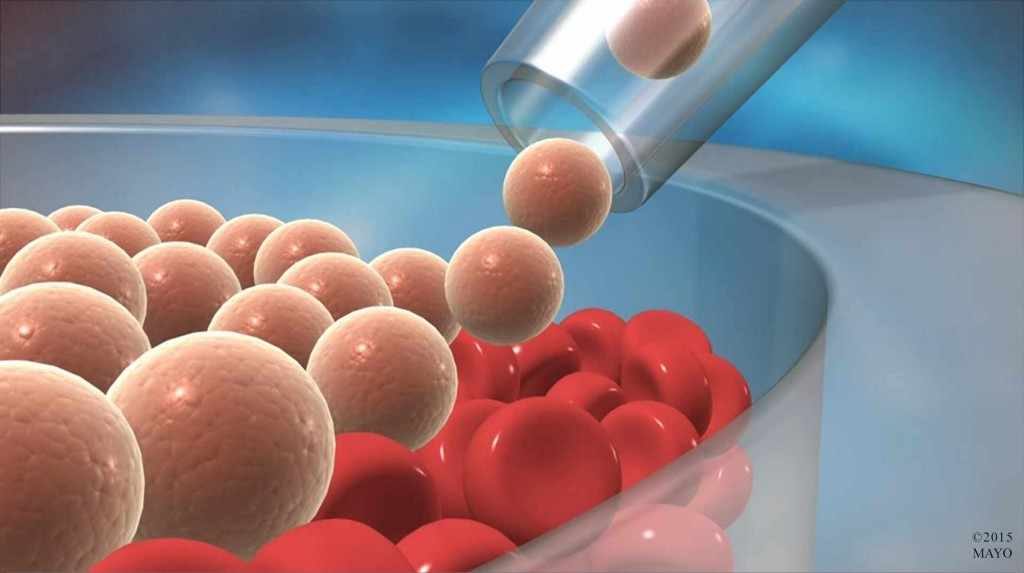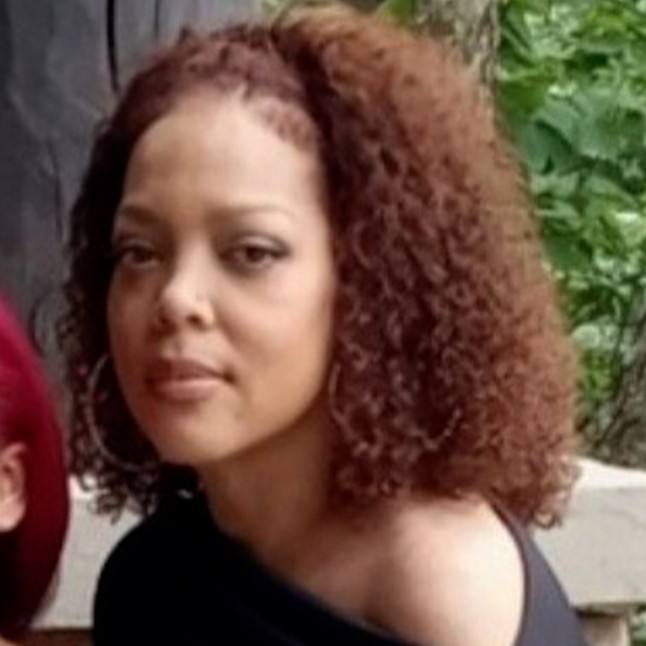-
Transplant
Expert alert: Five key medical advances related to bone marrow transplantation

Mayo Clinic marks its 10,000 blood and marrow transplant in Minnesota
ROCHESTER, Minn. — In the six decades since blood and marrow transplantation was used to treat patients with blood cancers, this once experimental treatment has become a vital cancer-fighting tool. Mayo Clinic in Rochester, Minnesota, is celebrating the 10,000th blood and marrow transplant used in the treatment of blood cancers and related disorders.
Mayo Clinic performed its first bone marrow transplant in 1963. Today, hundreds of people receive blood and marrow transplants every year at Mayo Clinic in Arizona, Florida and Minnesota.
This latest milestone is a time for reflection on the impact this treatment has had on the lives of many patients and families. But it is also important to continuously strive to improve the therapy to make it safer and more effective by incorporating new research and other promising developments, says William Hogan, M.B., B.Ch., director of Mayo Clinic’s Blood and Marrow Transplant Program in Minnesota.
"It was only with the major contributions of many patients, nurses, researchers and providers over many decades that blood and marrow transplants have been developed into an effective treatment for so many," Dr. Hogan says. "It is awe-inspiring to reflect on the impact of this therapy on so many patients over the past 60 years. We look forward to an era of rapid innovation and providing even better patient-centric therapies for a range of devastating diseases."
Here are five of the most promising advances in blood and marrow transplantation, including new ways of treating blood cancers:
1. Use of mismatched donors:
Blood and marrow transplantation infuses healthy blood-forming stem cells into the body to replace bone marrow that has an underlying malignancy or defect that makes it unable to function normally. It is one of the first forms of regenerative medicine. The stem cells can come from a person’s own cells – known as an autologous transplant, and this is an effective strategy for many blood cancers, such as lymphoma and multiple myeloma. However, if the bone marrow is already compromised by certain cancers or is failing for other reasons, then a transplant from a donor called an allogeneic transplant may be more appropriate. Fully matched donors, such as a matched sibling, were the safest option initially. But thanks to recent advances, less well-matched donors, such as half-matched family members, are often considered.
2. Reduced-intensity conditioning:
Many cancers affect older people, but blood and marrow transplants were previously limited to young people. Older people not healthy enough for a blood or marrow transplant now have more options thanks to an approach that provides lower doses of chemotherapy and radiation before a transplant.
3. CAR-T cell therapy:
Chimeric antigen receptor-T cell (CAR-T cell) therapy is a newer form of cell therapy used to fight cancer. The procedure involves taking the T cells from a person and reengineering them to recognize and destroy cancer cells. This immunotherapy treatment has been especially helpful in treating blood disorders, such as leukemia, lymphoma and multiple myeloma, and is rapidly expanding to other cancers.
4. Biomarkers to recognize serious complications early:
Researchers have discovered metabolic markers that can predict an individual's risk for developing severe graft-versus-host disease — a serious complication of blood and marrow transplants in which the donor’s immune cells start to attack the recipient’s healthy tissues. This allows prompt personalized treatment.
5. Using bone marrow transplants to treat other conditions:
Mayo Clinic researchers are examining whether stem cell transplants can treat other conditions, such as multiple sclerosis.
While these advances are heartening, the need for more bone marrow donors — especially from people from diverse racial and ethnic backgrounds — remains strong. The key is encouraging more people to register to become a donor at Bethematch.org.
JOURNALISTS: Several Mayo Clinic transplant experts are available for interviews:
- William Hogan, M.B., B.Ch., hematologist, oncologist and director of Mayo Clinic Blood and Bone Marrow Transplant Program in Minnesota.
- Mohamed Kharfan Dabaja, M.D., hematologist, oncologist and director of Mayo Clinic’s Blood and Marrow Transplantation and Cellular Therapy Program in Florida.
- Yi Lin, M.D., Ph.D., hematologist, oncologist and medical director of Mayo Clinic’s Immune Effector Cell Program in Minnesota.
In addition, B-Roll of a celebration event including Mayo's very first bone marrow transplant recipient, Nancy Mclain and Robert Kyle, M.D., who performed the procedure is available in downloads below. Journalists who would like to access the video can register with the News Network here.
###
About Mayo Clinic
Mayo Clinic is a nonprofit organization committed to innovation in clinical practice, education and research, and providing compassion, expertise and answers to everyone who needs healing. Visit the Mayo Clinic News Network for additional Mayo Clinic news.
Media contact:
- Heather Carlson Kehren, Mayo Clinic Communications, newsbureau@mayo.edu







